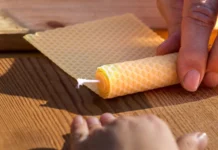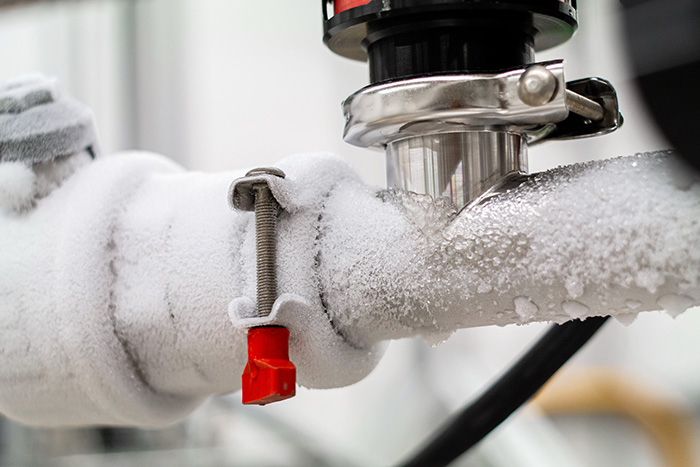
Cold temperatures can cause your water pipes to freeze, potentially causing a nightmare for homeowners. Frozen pipes may build up enough pressure to burst. Or, when they start to thaw, they may send a flood of water into your home.
Frozen pipes are not just a concern in cold climates. They can occur in a variety of climates. In fact, many people who live in warmer climates are actually more at risk because their pipes were not installed with adequate insulation from cold temperatures. When the weather turns cold, these uninsulated pipes quickly become something of a nightmare.
So how do you prevent this nightmare from happening to you? DAZ Plumbing, the plumber in Waco, TX, offers some advice on how to prevent frozen pipes.
How to Prevent Frozen Pipes
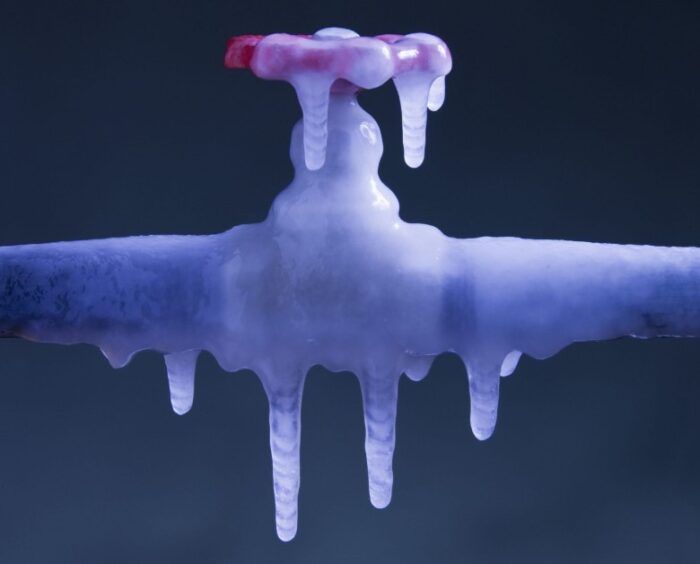
Water pipes are small and pressurized and often hold water. This makes them particularly vulnerable to freezing. You can take measures to prevent your pipes from freezing, such as doing the following:
1. Allow Faucets to Drip
Opening the faucet that your pipes feed can help prevent pipes from freezing. You may recall hearing friends or family talk about leaving their pipes dripping – this is what they were talking about. Leaving your faucet dripping just a bit relieves the pressure in the pipe which makes it less likely to burst if it does freeze.
2. Maintain a Stable Temperature
If you will not be in your home for a long period of time during cold weather, make sure you maintain a stable temperature in your absence. If you turn off your heat while you are away, your pipes are colder and more likely to freeze. You don’t have to keep the heat as high as you would if you were home, but keeping it above 50 degrees F is a good way to keep your pipes moving.
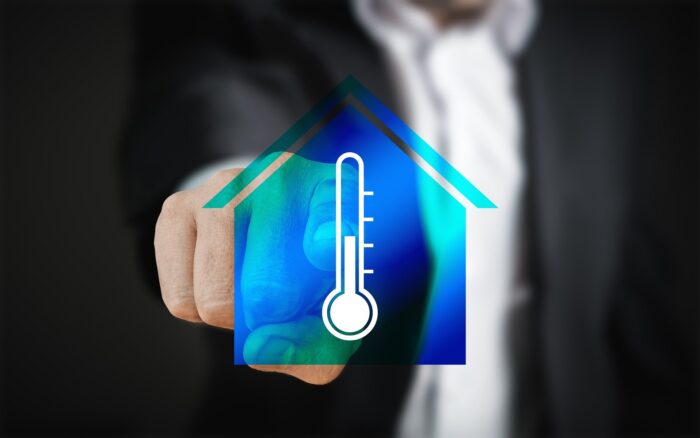
3. Open Interior Doors
The spaces under your cabinets can stay quite a bit colder than the rest of your home. If the temperatures drop, open these interior doors to allow heat to warm up those spaces and your pipes.
4. Use Heating Tape
Heating tape is sort of like an electric blanket, but for your pipes. The tape supplies heat to the pipes to keep them warm during cold weather. There are different types of heating tape – some that must be plugged in, and others that turn on and off automatically. This can be helpful for small sections of pipe that are particularly vulnerable, but heating tape is not without risk. Just like space heaters, this tape should be used with caution to avoid fire or electrical issues.
5. Seal Up Holes or Cracks
You may notice that there are gaps in the wall where your pipes come into the house. This can let cold air get in, which can become trapped under cabinets leading to cold pipes. To prevent this from happening, use caulk or spray foam (Great Stuff) to fill in those gaps or cracks. Sealing both sides offers extra insulation for your pipes and your home.
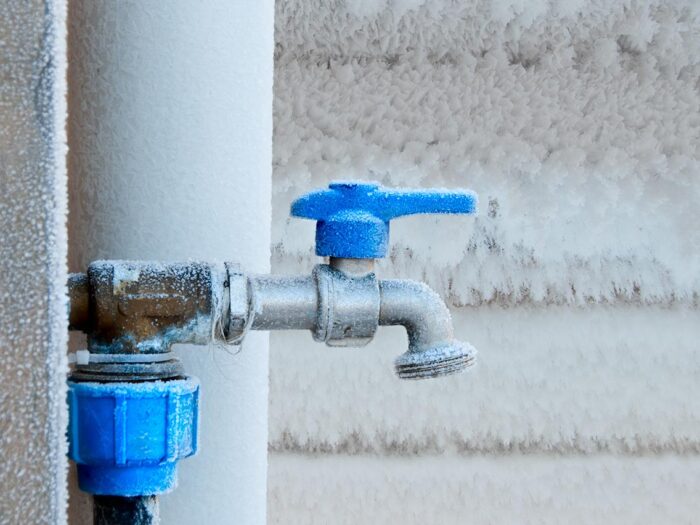
6. Check Your Insulation
Speaking of insulation, check your insulation in areas where there are pipes, such as the attic or basement. These areas often do not have adequate insulation to prevent pipes from freezing. If insulation seems lacking, add some extra to these areas. You can also use foam or fiberglass sleeves to help protect your pipes in areas that may stay colder.
Frozen pipes can be a serious problem and can cause damage to your home and your plumbing system. Use these tips from our Dallas plumbers to prevent your pipes from freezing. If you notice a frozen or busted pipe, contact a plumbing professional for help.

